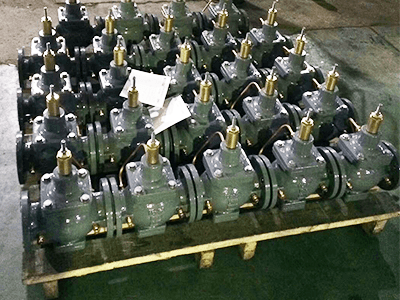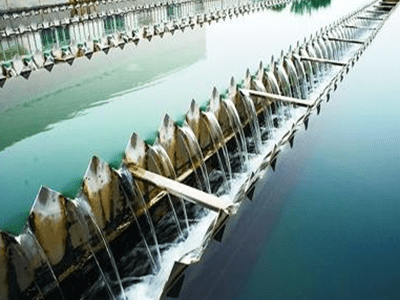Power drills are essential tools for both professionals and DIY enthusiasts. Their versatility allows for a range of applications, from drilling holes to driving screws. In this article, we delve into the key features to consider when selecting a power drill and explore their various uses, including how they can complement projects involving geomembranes in construction and landscaping.
What are the different types of power drills?
There are mainly two types: corded and cordless. Corded drills offer continuous power, while cordless drills provide portability and convenience, making them ideal for various tasks.

How do I choose the right power drill for my needs?
Consider the type of projects you’ll be undertaking. For light tasks, a basic cordless drill may suffice. For heavy-duty jobs, opt for a more powerful model with higher torque and multiple speed settings.
Can power drills be used with geomembrane applications?
Yes, power drills can be used to install anchors and fasteners for geomembranes in landscaping and construction. Ensuring a secure installation is crucial for the effectiveness of these materials.
What accessories are essential for a power drill?
Common accessories include drill bits of various sizes, screwdriver bits, and depth stops. Having the right bits can enhance the versatility of your drill, allowing it to tackle different tasks efficiently.
Power drills are invaluable tools that cater to a variety of needs, from home improvement to professional construction. By understanding the different types, how to choose the right one, and their applications—including working with geomembranes—you can maximize the effectiveness of your projects. Whether you’re a novice or an experienced user, the right power drill will ultimately enhance your efficiency and precision.
